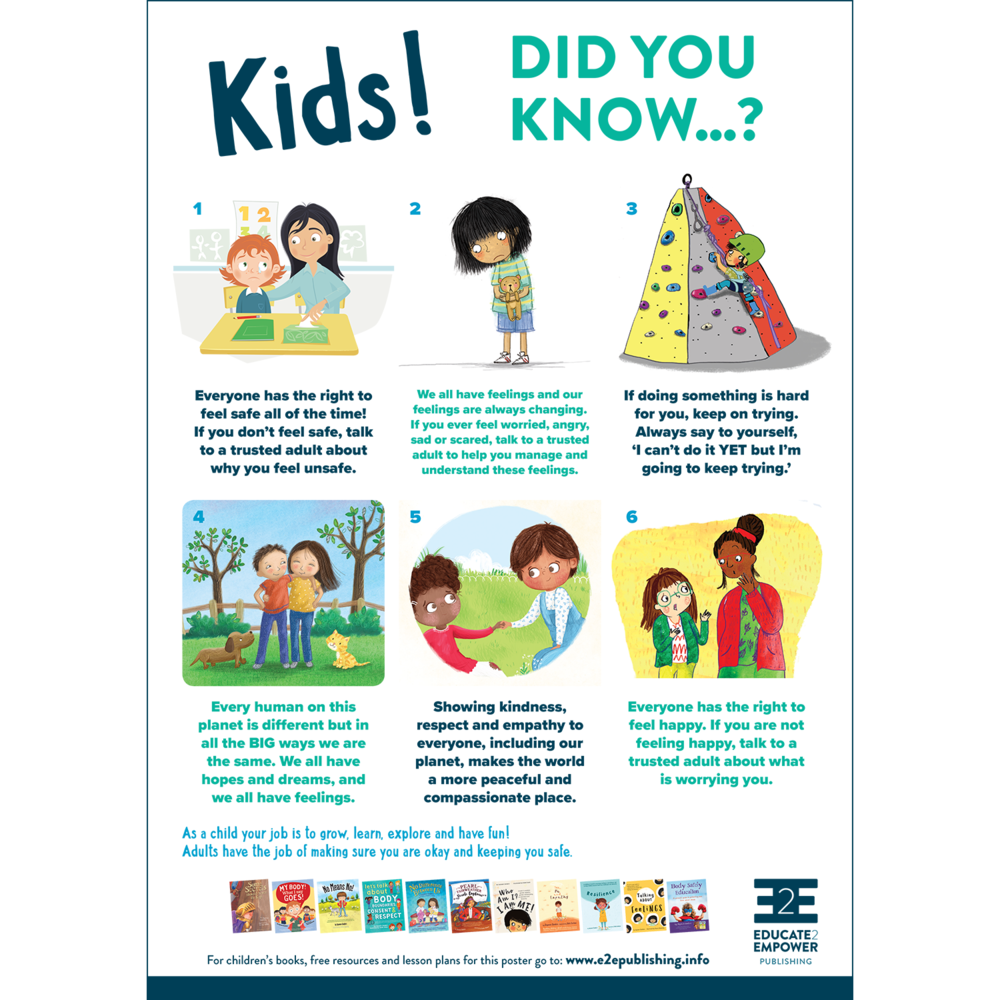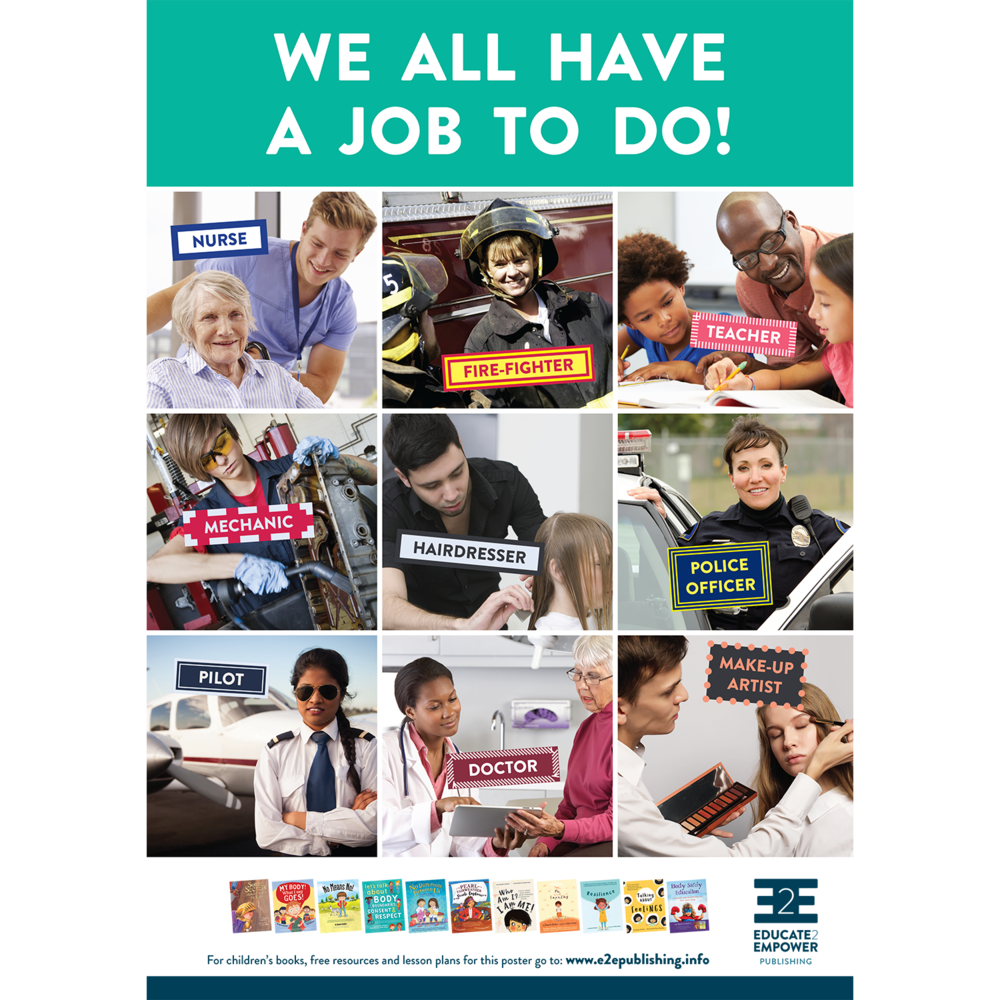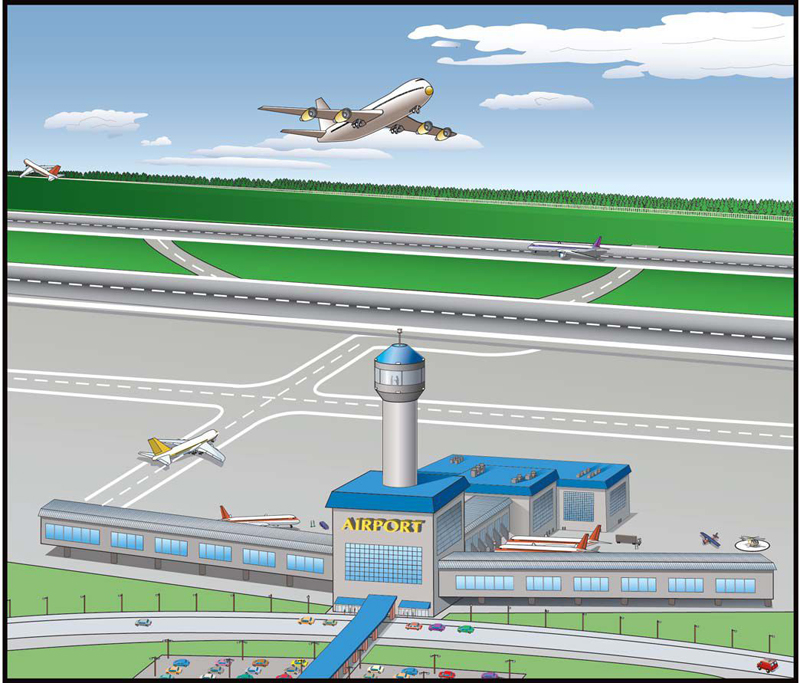At the personal or household level, the point of education is for individual members of society to attain knowledge, wisdom, self-improvement, self-reliance, and self-sufficiency. At the societal or national level, the point of education is for humans to overcome their proclivities, propensities, or penchants for crime, violence, hatred, murder, war, and so forth. On a personal and societal level, the point of education is to help humans to choose wisely as they travel down the road of life on Earth.
Education for All
The point of education is for humans to make choices in life that will help them to avoid extinction. The point of education is for humans to make choices in life that will help them to avoid paths leading to an assortment of undesirable and counterproductive social ills. The point of education is to show humans a path to becoming good, decent, moral, and ethical citizens within the broader societal milieu. The point of education is to help humans to become even more civilized in life, that is, by them always striving to personify the utmost respect for self, respect for others, respect for the property of others, respect for the rule of just law, and respect for human life regardless of race, color, creed, ethnicity, gender, sexual orientation, religious belief, disability, national origin, socioeconomic birth status, political ideology, and so forth. The point of education is for humans to make choices in life that will help them to attain a measure of prosperous living rather than them having to live with poverty, hunger, disease, poor health, and so forth.
The next questions are these: What are the most effective techniques to educate children? What does it take to get children to become passionate about learning? What does it take to get children to become eager about going to school? How can a 100% literacy rate best be achieved for all of the world's children? As children move from their kindergarten through their high school years of school, what will it take for them to keep their eyes focused on the prize of a good education and attaining a high school diploma? What will it take to help children avoid succumbing to the many, many distractions and temptations that they are certain to encounter as they travel down the road of life?
There is a growing debate about which is the better way for children to learn. On the one hand, some argue that the traditional, face-to-face classroom approach is the better way to teach. On the other hand, others argue that the computerized, web-based, distance learning approach, at best, offers a more financially viable way for children to learn especially, say, for children who live in remote villages. It also is argued that the computerized, web-based, online teaching approach simultaneously prepares children to keep pace with 21st century advances in technology.
The face-to-face argument presupposes widespread availability of schools to attend along with all of the resources it takes to teach effectively such as schools fully staffed with accredited teachers, the widespread availability of textbooks, assorted school supplies, audio-visual equipment, and so forth. The web-based argument presupposes that global and affordable access to computers or smartphones exists along with Internet connections running the latest World Wide Web browsers capable of rendering sophisticated online materials.
In support of the first argument (that is, the traditional face-to-face approach to learning), clearly, there are advantages to attending a physical schoolhouse. One of the hidden advantages of the schoolhouse setting is that children learn to socialize in school. Sometimes these children come from diverse backgrounds. Children learn coursework together at school. Children eat together at school. Children play together at school. Children attend various functions together at school. Children learn to get along with one another at school. Moreover, web-based learning simply does not offer a viable substitute for character building gained from structured school activities such as sports programs, music programs, arts programs, debate clubs, student councils, vocational curricula, learning labs, field trips, and so forth.
In support of the second argument (that is, the computerized and online approach to learning), fortunately, lots of online or web-based teaching materials already exist on the World Wide Web. One drawback is that most of these online teaching materials or learning resources only exist in the English language. When global underdevelopment (such as the lack of electricity or the lack of affordable wired and wireless connections to the World Wide Web) and when global poverty levels are taken into consideration where many humans cannot afford to construct fancy schools and where many humans reside in remotely located villages, then it becomes a challenge to educate children who face these kinds of materially deprived realities. Perhaps smartphones, tablets, and laptops with long-lasting and solar-powered batteries are the best ways to reach children who live in these kinds of impoverished conditions with few resources at their disposal.
I always have hoped that perhaps one of those wealthy philanthropic foundations would fund a free, world-class, ultra-modern, one-stop, multi-lingual, teacher- or avatar-led, interactive educational website that taught all subjects (for example, math, science, social studies, geography, history, environmental studies, programming, and so forth) from kindergarten through 12th grade (that is, a K-12 online learning experience). A good starting point would be a website somewhat similar to, say, the Virtual High School. Philanthropic efforts such as Nicholas Negroponte's One Laptop per Child (OLPC) are doing commendable work in providing less financially fortunate students with the computer tools that they require for connecting to web-based learning resources.
As is often the case when competing arguments are made, possibly some combination of these competing approaches is the better way for children to learn (for example, face-to-face learning, when possible, augmented by web-based and computerized learning). The main purpose of this website is to present some of the many (affordable) educational resources that are available in the economic marketplace. It is my hope that educators will view, investigate, and ultimately adopt some (combination) of these various approaches to teaching and learning.






